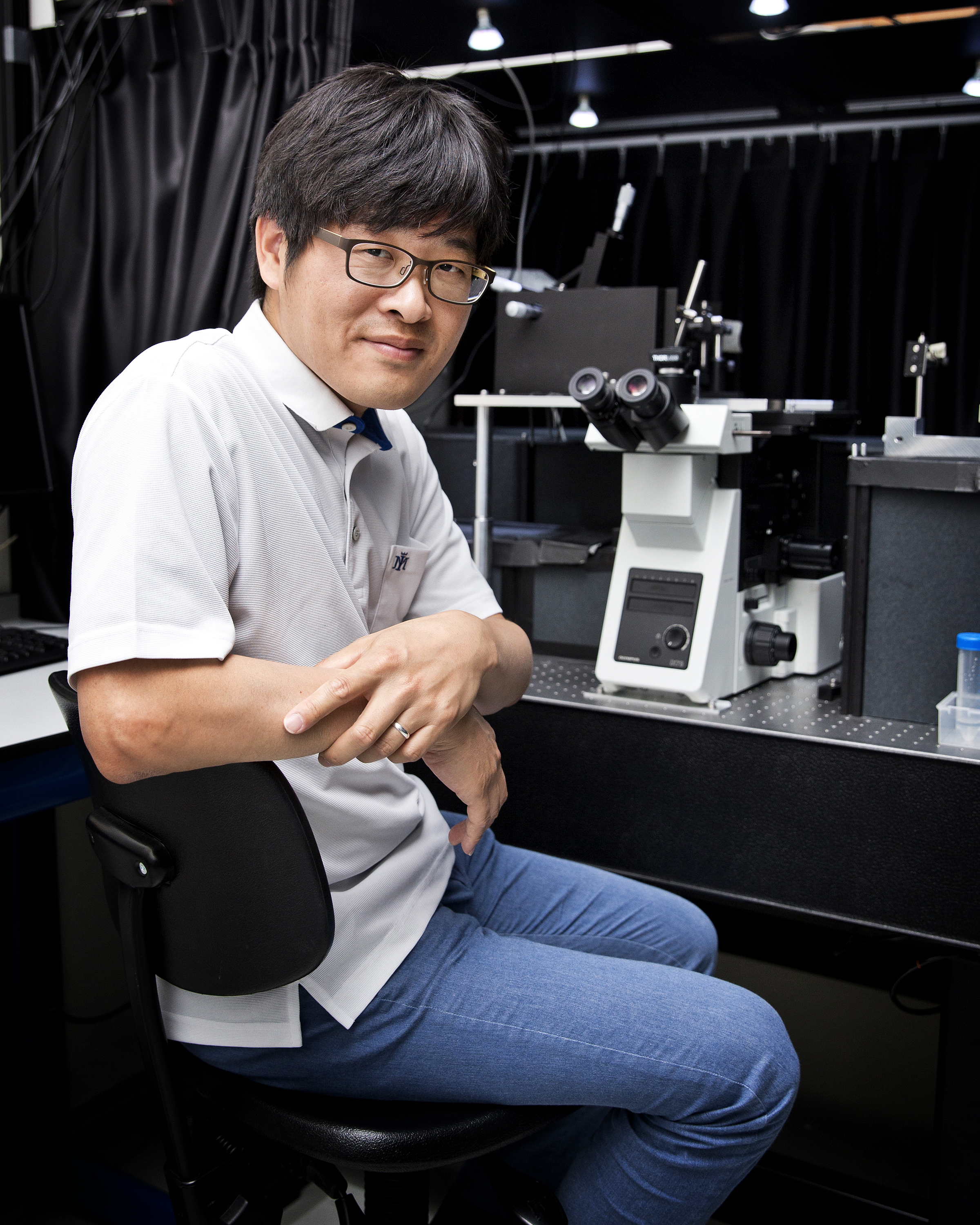Chirlmin Joo receives VICI grant for identifying proteins one at a time
Researcher Chirlmin Joo of TU Delft will receive a VICI grant for developing a method to sequence proteins one at a time. He will receive 1.5 million euros from the Netherlands Organisation for Scientific Research (NWO).
Workhorses
Proteins are the workhorses in all living cells and form the basis of all living systems. In order to fully understand biological processes, it is critical to be able to identify and quantify the proteins in cells. This can be done by sequencing: the determination of the amino-acid sequence of a protein since each protein has a unique amino acid sequence. However, the practical realisation of protein sequencing remains an enormous challenge. Small sample size, with the high number of cellular proteins, and the necessity to distinguish 20 different amino acids are only a few of the obstacles currently limiting our ability to sequence proteins. Furthermore, proteins cannot be amplified outside the cell, unlike DNA and RNA, which complicates the sequencing task.
Simple
Joo therefore proposes a novel sequencing technique that probes the protein profile to retrieve the sequence. This proposed new method (FRET X) will allow for sequencing at the single-molecule level. The new technique can probe a single protein many times, which will make it more accurate and readily applicable for life sciences and medicine. Joo expects it could lead to a revolution in biophysics, biotechnology, and healthcare.
FRET X
Joo will develop a new ultrahigh resolution concept in single-molecule FRET (Forster resonance energy transfer) detection, named FRET X. FRET is the transfer of energy between fluorescent molecules, which occurs when they are placed within several nanometers. FRET allows for obtaining distance information about different points, in this case, a protein.
The efficiency of this transfer is sensitive to very small distance changes, making FRET an outstanding ruler for probing biological systems. The new technique, ‘FRET X’ will make use of the binding of DNA strands that are labelled (with donor and acceptor fluorophores) to build FRET fingerprints. FRET X will generate higher resolution data than standard FRET, and these will then be compared with protein databases for sequence prediction.
